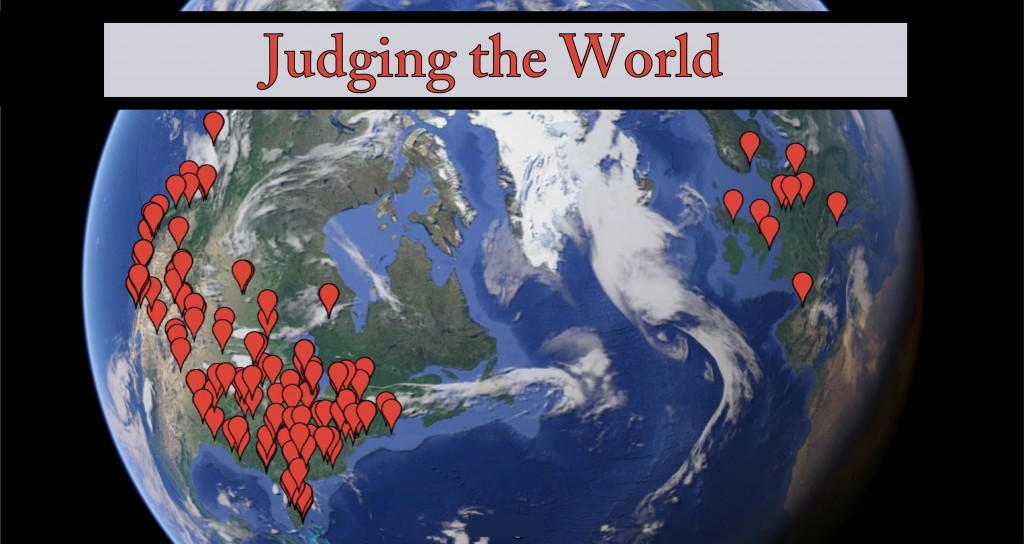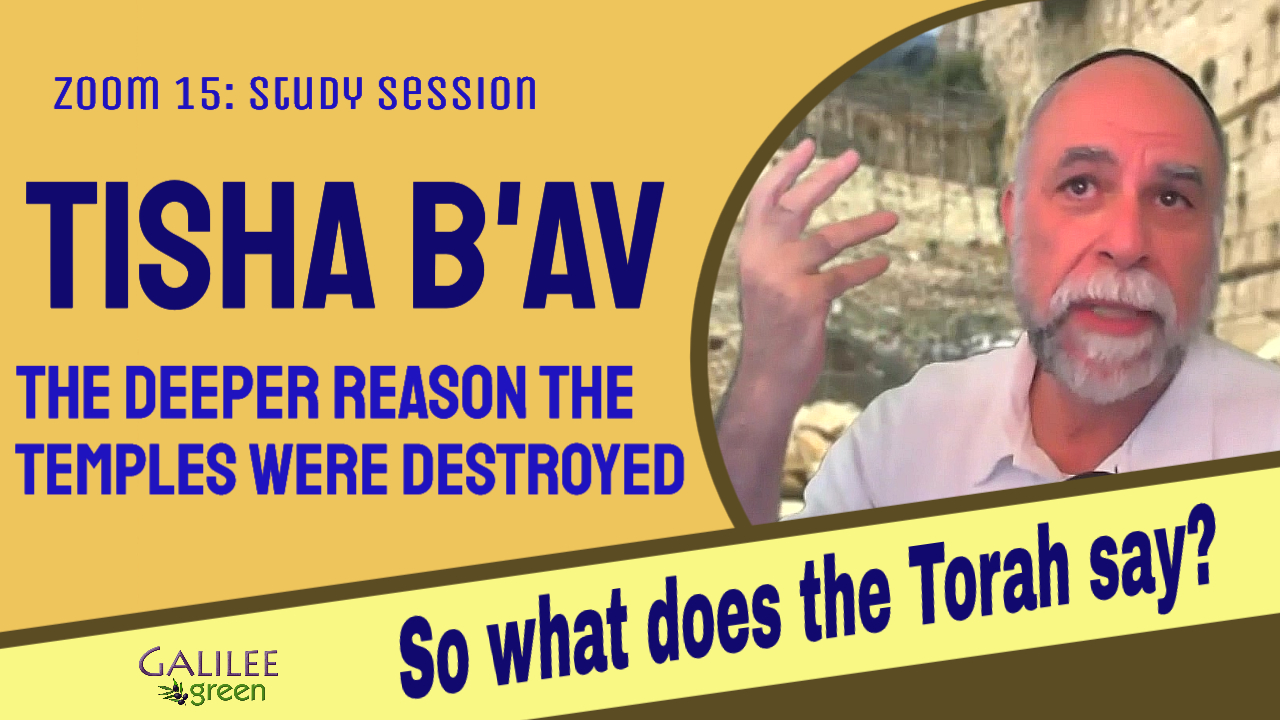Here’s one approach to resolving the Biblical and Scientific Ages of the Universe.
There are many ways to resolve this apparent dilemma. Here is one way that many Torah observant Jews approach this question. (It’s an article I wrote a number of years ago when I studied the subject to resolve this issue for myself – Shmuel Veffer) It requires a careful reading of the relevant Torah passages in the original Hebrew and using the Oral Torah to help us understand what many of the terms really mean.
A Finite Universe
The Torah teaches that the Universe is finite and that there is a first Being we call “God” which exists outside of Time and Space. As Creator, God is distinct from the world, existing on a higher plane.1 Everything in existence was created by this First Being, including “time,” “space,” “matter,” “energy,” and all things in the spiritual realm, such as souls and angels. Nothing, except God existed before Creation.2 This concept is derived from the opening sentence of the Torah, “In the beginning, God created the heavens and the earth” (Genesis 1:1) That nothing existed before Creation is also alluded to by the Torah in that the Torah begins with the letter beth which is closed on three sides. Everything flows forth from the open side.
Unique Among Ancient Beliefs
The idea that Time and Space are parts of creation is unique among ancient beliefs. The Greek concept, which was the prevalent until the 20th century, held that the universe was unchanging. Time was immutable. There was an eternal primordial matter which the Greeks called hili from which everything was fashioned.
Time is a Creation
In contrast to the Greeks, the Torah teaches Time was created with the physical world. Before Creation, no matter existed. The Universe was created from nothing, yesh miayin [something from nothing]. Creation ex nihilo. That Time was created is alluded to by the use of the term yom echad [one day] instead of yom rishon [first day] at the end of the first day of creation. The days are listed as “one day,” “second day,” “third day,” etc. Not “first day,” “second day,” “third day,” etc. The Rabbis tell us that “one day” is used to teach us that the concept of time did not exist before this day.4
Matter is a Creation
That Matter was created from nothing is alluded to by the use of the verb bara [created], instead of yatzar [fashioned], in the first verse of the Torah. “In the beginning God created…” [Bereishith bara Elo-him…] (Genesis 1:1). Bara is only used where God is the subject, and where He is creating something from nothing.5
Science & Torah Must Agree
The above principles were derived directly from the Torah even before science showed them to be true. This is to be expected. There can be no conflict between the physical world and the information in the written Torah (as understood through our Oral Tradition). If your were asked, “What came first, the world or the Torah?” On the surface it would seem that the Torah itself describes the Creation of the world in the first chapters of Genesis, and the Jewish people receive the Torah at Sinai thousands of years later in the Book of Exodus. In spite of this, the Midrash surprisingly says, “God looked into the Torah and created the world.”6 Obviously, the Midrash is speaking in a metaphor, but the meaning to be derived is that the Torah is the blueprint for Creation. The genetic code for all of the physical world and its history. What we received at Sinai was basically a “copy” of the original blueprint as dictated by God to Moses who wrote it down in the first Torah scroll.7
The Torah as a Blueprint for Creation
If the Torah is indeed a blueprint, then there cannot exist any contradiction between what is written in the Torah and what we observe in the world. Any seeming contradiction is resolved by our Oral Tradition. The converse will also be true. Concepts that we learn from the Torah and its Oral Tradition, will not only be affirmed by nature, but we should also be able to deduce most of those concepts through a clear and accurate observation and measurement of the world around us. In addition, the blueprint is the idea that existed in the “Mind” of the Creator. The physical world is the actualization of the idea. By studying the blueprint (the Torah) and the world (natural and physical sciences) we will gain a clearer understanding of the Creator.
Genesis and the Big Bang
The Torah concept that Time and Matter came into existence from nothing is what physics and astronomy call the “Big Bang.” This means that everything came into existence as a result of one big explosion. The Force that caused the “Big Bang”, the physicists and astronomers tell us, is beyond our comprehension. The Torah calls this incomprehensible Force, the first Being, God.
In “Genesis and the Big Bang,”8 Dr. Gerald Schroeder describes the most recent developments in physics and astronomy and how the current theory states that in the beginning, there was nothing. Then from an infinitesimally small point, everything came into existence. The energy levels were so high when the “Big Bang” occurred that matter could not exist. The only thing in existence was energy. The Torah (Genesis 1:3,4) calls this energy, “light.” Nachmanides, in his commentary on Genesis 1:3, lacking a contemporary Hebrew word for energy, calls it a very thin substanceless substance [dak meod, eyn bo mamash] As the Universe expanded and cooled, the energy turned first into subatomic particles according to Einstein’s formula E=Mc2, Energy = Matter X Speed of Light squared and then eventually into molecules and matter as we experience it in the physical world.
The Age of the Universe
According to Astronomy
Through astronomy, it has been observed that all stars are receding from us. We can also measure the speed at which they are moving away. By extrapolating backwards, astronomers have calculated that the “Big Bang” occurred about 15.5 billion years ago, bringing Time and Space into existence. How this number is reconciled with the six days of creation and the approximately 5,700+ years since, is rigorously shown by Dr. Schroeder in his book.9 He does this by employing Einstein’s theory of relativity.
Time is Relative
Einstein taught that Time is relative to the gravitational system in which it is observed. The higher the gravity, the slower Time flows. Man’s earth-based clock has ticked at a constant rate since the creation of Adam, the first human with a neshama [soul]. This took place about 57 centuries ago on the sixth “day” of Creation.
During the first five days, before Man existed, whose clock should be used to measure time? Man’s earth-based clock, or God’s clock? Before the Sun, Earth, Moon, Stars and Planets are formed, God’s clock would relate to the Universe’s gravitational system as a whole. The Universe’s gravity can be estimated by a calculation using the mass of the Universe and its radius. Astronomers have approximations for both. The gravity of the Universe during the initial stages of Creation was so great, that a Universe-based clock would tick very slowly relative to our earth-based clock. So slowly, in fact, that according to Einstein’s formula, 15.5 Billion Man-years would fit into 5 days, from God’s vantage point outside of the Universe!
The Age of the Universe
According to Kabbalah – Torah Mysticism
Some may argue that science put the arrow in the tree (15.5 Billion years) and we just painted a target around it to get the Bulls-eye (by using Einstein’s theory to squeeze those 15.5 Billion years into 5 days). It is interesting to note that we have a Jewish mystical source dating back to the 13th century10 that states that our universe is extremely old, based on the concept that God’s clock and Man’s clock tick at different speeds. In addition to other sources in Torah, the Psalmist tells us (Psalms 90:4), “A thousand years in Your (God’s) sight are as yesterday, as a watch that passes in the night.”
Using this model, the Sages teach us that there are 7000 years in our world history corresponding to 7 years in the Shmittah [Sabbatical year] cycle.11 Upon the completion of the seventh millennium, a new world order will occur (see Derech HaShem section 1:3:9) and all the souls of history will be reunited with purified bodies and live forever. “Six thousand years will the world exist, and for one thousand it will be desolate. At the end of this thousand years, God will again renew His world” (Sanhedrin 97a). The Sages also say that in actuality, there will be 49000 years (7 cycles of 7000 years) in all of creation, corresponding to the cycle of the Jubilee. One opinion says we are in the last cycle of 7000 years, meaning 42000 years preceded the creation of Adam.12
The Sefer HaTemunah asks if these 49000 years are Man years, or God years. The majority opinion is God years.13 Since 1 God day equals 1000 Man years, then 1 God year equals 365000 Man years. Finally, 42000 God years would equal 42000 X 365000 or approximately 15.3 Billion Man years. This is the amount of time which passed before the creation of Adam. This is almost the exact number the astronomers give us for the age of the universe!
FOOTNOTES
2. Mishneh Torah, Yesodei HaTorah 1:8; Moreh Nevukhim 1:35, 1:55; Handbook 2:22; see note below [1:1:5], “no inference can be drawn“
7. Maimonides Thirteen Principles of Faith #8; Nachmanides Introduction to Torah; Handbook 7:20, 7:22, 7:24
212. Sefer HaTemunah *:*; This might also be hinted at in Sanhedrin 97a, where the seven thousand years of history are compared to a Shmittah (seven year) cycle rather than compared to a week. The implication might be that there is a cosmological Yovel [Jubilee], seven Shmittah cycles, equaling 7 cycles of 7000 years. (Heard from R. Ari Kahn)




3 Comments
Roger M Pearlman · December 16, 2015 at 9:42 pm
Nice article R’ Shmuel. FYI
i have a different resolution.
‘Distant Starlight and the Age, Formation and Structure of the Universe’ based on The Pearlman SPIRAL cosmological redshift hypothesis, assuming valid, explains why the highest probable explanation of our natural observations (the best science) attests to the Torah narrative and timeline while falsifying (rendering scientifically invalid) all deep time dependent scientific hypotheses.
best,
RM
Galilee Green · March 31, 2016 at 7:10 pm
Hi Roger! Nice to hear from you. Sorry I didn’t see this comment until now. If you have something written up, I’d love to see it. You can send it to my gmail account. My user id is sveffer. Thanks!
Frank Landells · September 21, 2020 at 4:59 pm
I find this very interesting. I do need to do more research on the Oral Torah and the Midrash.